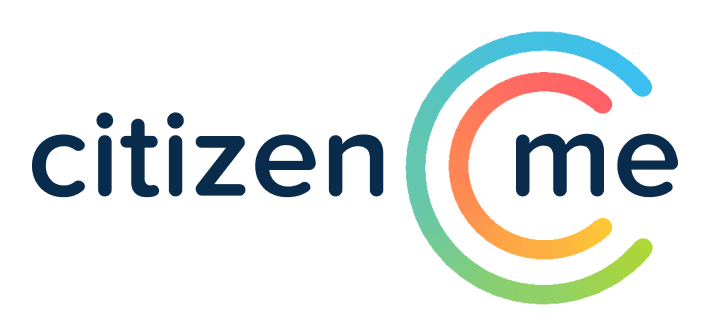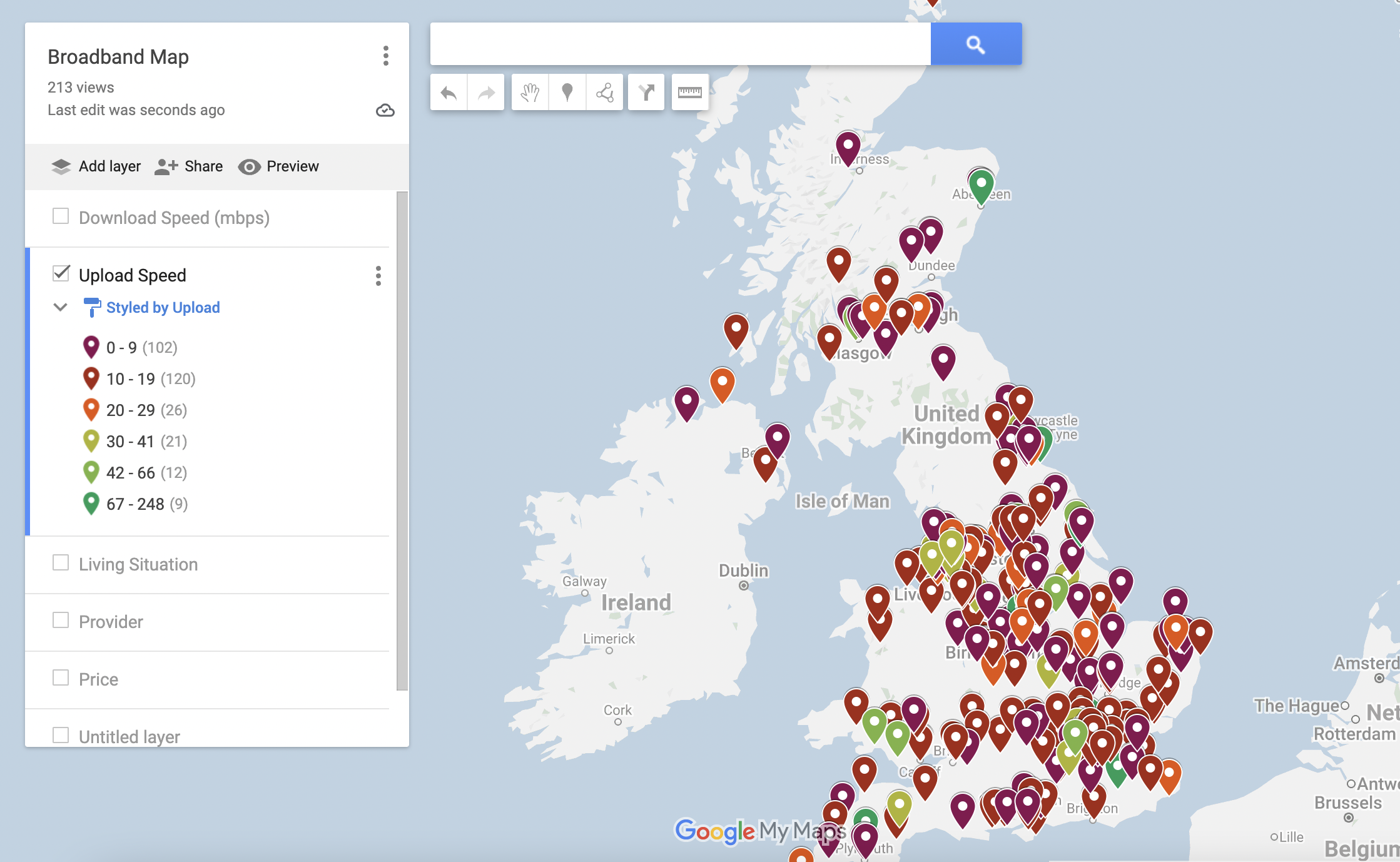
Questions your consumers don’t want to hear
Questions your consumers don’t want to hear https://www.citizenme.com/wp-content/uploads/2018/04/Questions-consumers-dont-want-to-hear.png 600 442 Beth Hepple Beth Hepple https://secure.gravatar.com/avatar/8f7fce6d2c6864aa79cc3244d05191f6?s=96&d=mm&r=gWhen it comes to creating a successful survey, you need to ensure you create questions that will get you the best responses from your audience. That being said, you also need to be careful when compiling your questions as there are some that will instantly disengage respondents. You should also only create questions that are easy to understand and don’t mislead your audience. Below are the kinds of questions your audience hate:
The two-in-one question
You’ve engaged your audience, they’re completing your survey – great! But then they drop off because you’ve asked too many questions in one go and they don’t know how to answer. One key thing to avoid is asking for more than one answer in one question.
Let’s say you’re a bank manager and you want to find out if your customers find it easy to open an account. A bad example of a question to ask would be:
How long did it take for you to set up your account and was it easy to do?
There are many factors which could have an effect on this process, so it would be impossible for your respondent to answer this question accurately and honestly. Setting up the account may have been really quick to do but that doesn’t automatically mean that the process was simple. This becomes even more annoying when you have only allowed for a limited number of responses or only give the option for your audience to answer yes/no.
The ‘this is what I want you to say’ question
In order to get the most out of your survey, you should never ask leading questions, which will influence your audience’s response.This time, let’s pretend you’re a car manufacturer. If you really want to find out how you compare to your competitors then avoid asking questions like:
Do you agree that we are the best car manufacturer?
Instead, you could say something like:
Who do you believe is the number one car manufacturer?
If they say you, great! But if a competitor comes out on top, you can analyse what they are getting right as a brand to see how you can improve your offering. By doing this, you could win over more customers and have a better share of the market.
The one with the uneven answers
Rating scales are a great way to get more insight from your customers. But in order to get an accurate result, you have to use them correctly. There is no point in using a rating scale if you are going to offer uneven response options. For example, in a quality rating scale, your answers should be even on both sides, like this:
Excellent – Very Good – Good – Okay – Bad – Very Bad – Terrible
What you should never do is issue responses that lean more towards one side of the scale, such as:
Excellent – Very Good – Great – Good – Satisfactory – Fair – Bad
By offering answers that are geared more towards a positive response, you are stifling your respondents and you won’t be able to use the data to make a positive change to your offering and campaigns.
Too many demographics
One thing that will annoy your customers is if they have to fill in an entire page of demographic questions, before they get to the ones you actually care about them answering. The beauty of the CitizenMe exchange, is that our citizens only need to enter their details once. When they choose to complete a survey, they will get a pop up asking them to consent to giving the demographic information the survey creator has requested, such as age and location, while their identity will always remain anonymous by default. In an age where more and more people are seeking control of their own data and privacy, ensuring that you are able to get the information that you need to inform a business decision while maintaining an ethical source is of paramount importance.
When a five minute survey turns into an essay
Open-ended questions which require a written response are great if you are looking to get a variation of responses to analyse individually and you don’t want to supply a predefined list for respondents to choose from. If you decide that this is the best question type, bear in mind that you need to formulate your question to allow your respondents to give a specific response. The last thing your audience wants is a vague question to which they will have to give a long-winded answer that requires a lot of thought.
Too many yes/no questions
Put some thought into choosing your questions. Not only do too many yes/no questions reduce the insights that you will get, they also make for an extremely boring survey.
They key to a successful survey is to ask clear, relevant questions, keep the volume of questions to a minimum and vary the question types you use. Put yourself in the shoes of your respondent; would you really want to complete a survey that is boring and repetitive? Of course not! Bear this in mind when you create your survey and you are on the road to success.
- Posted In:
- How to






Leave a Reply